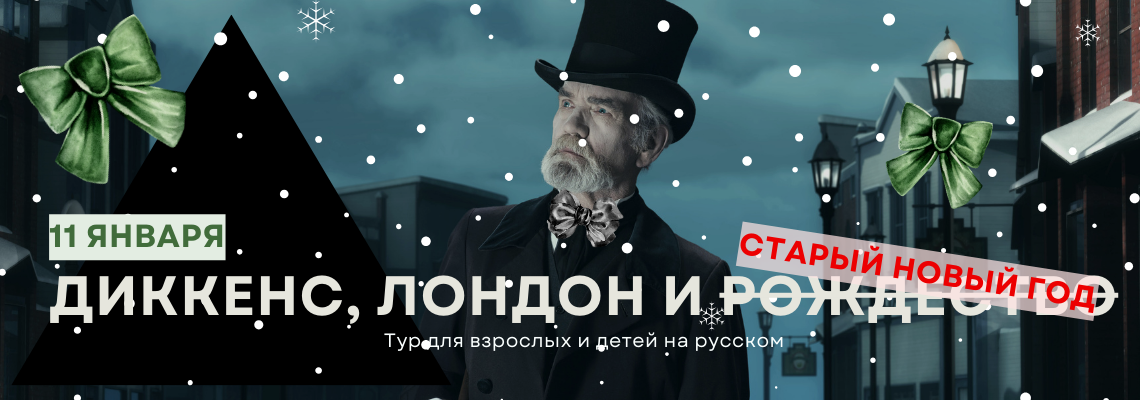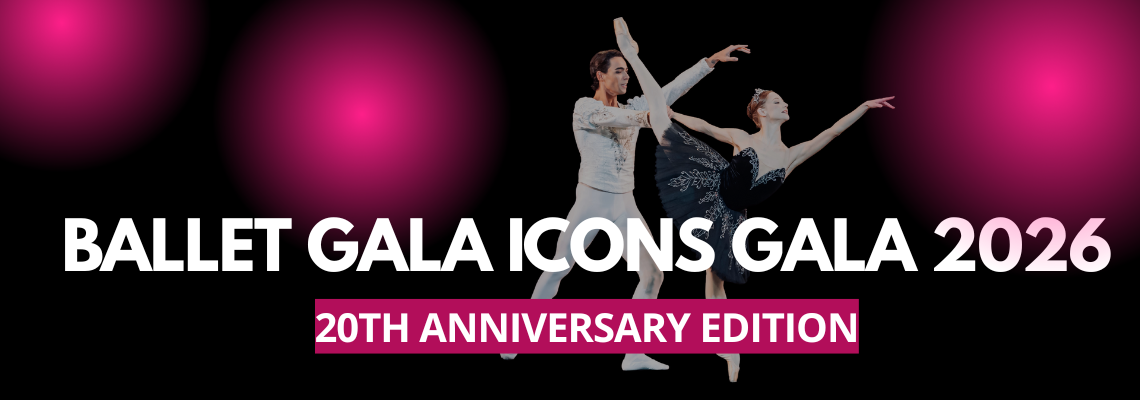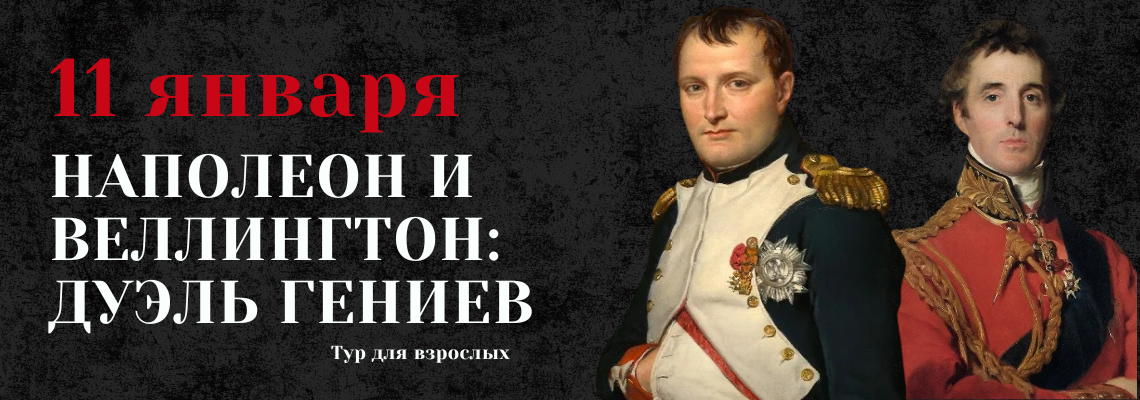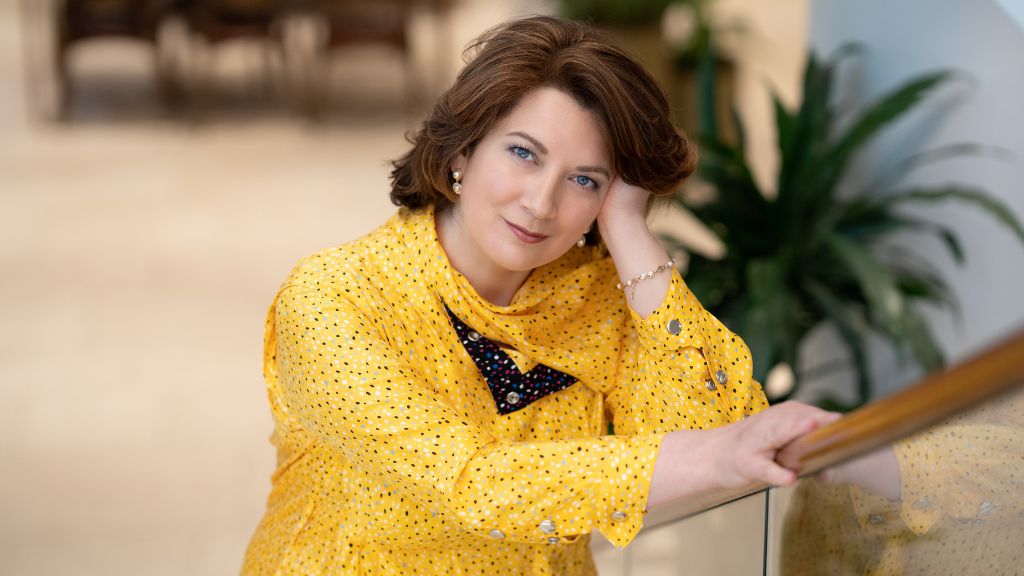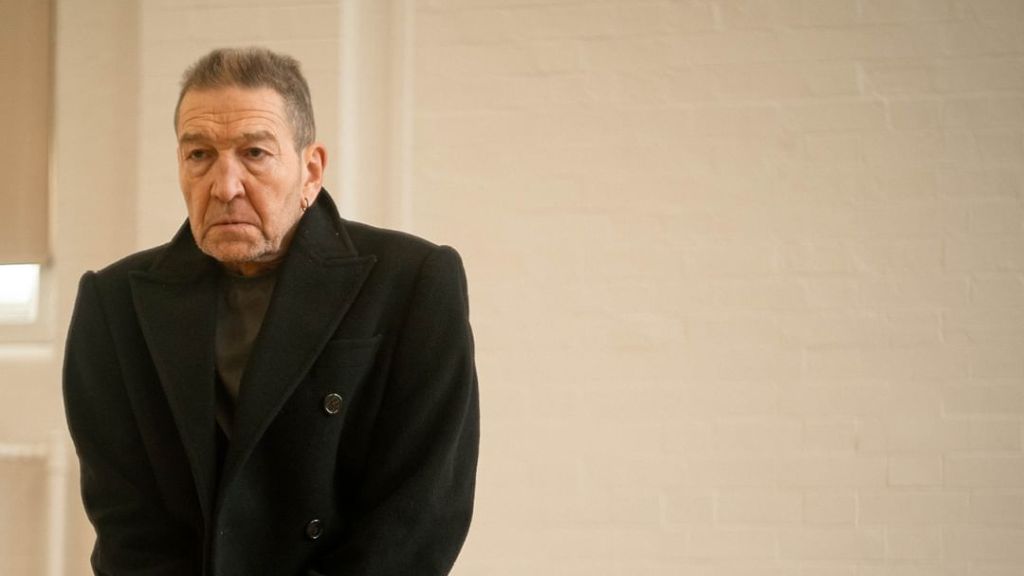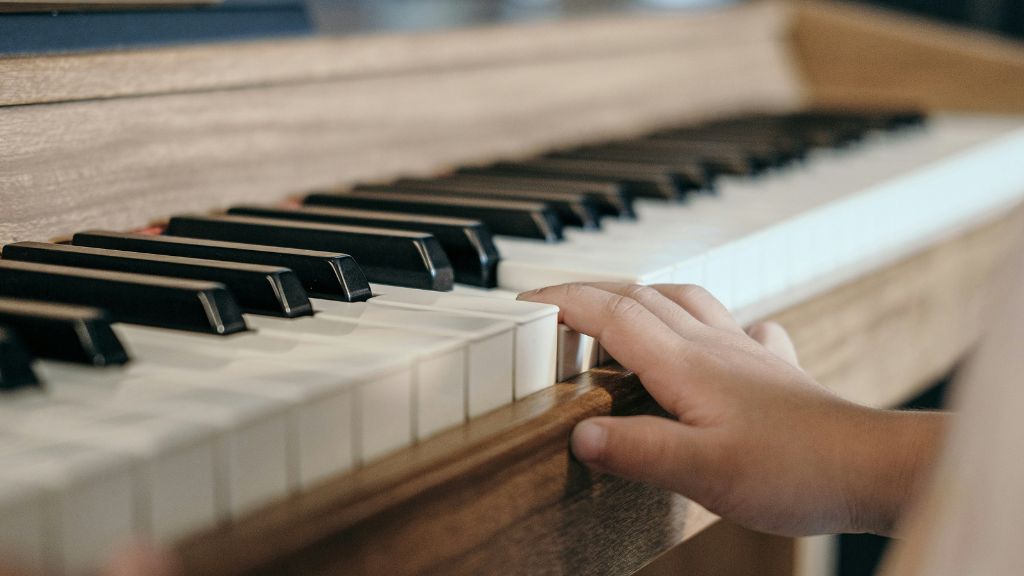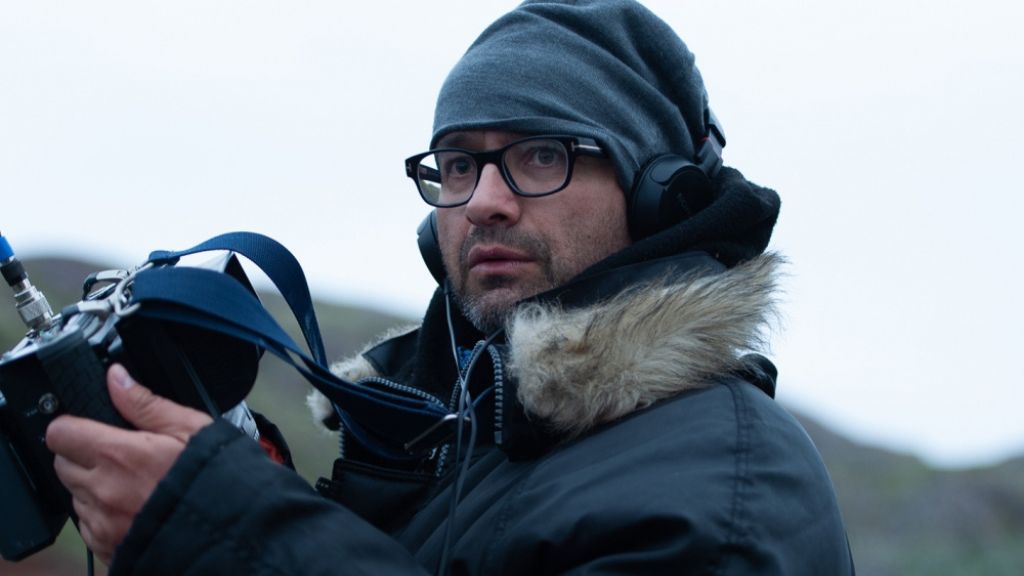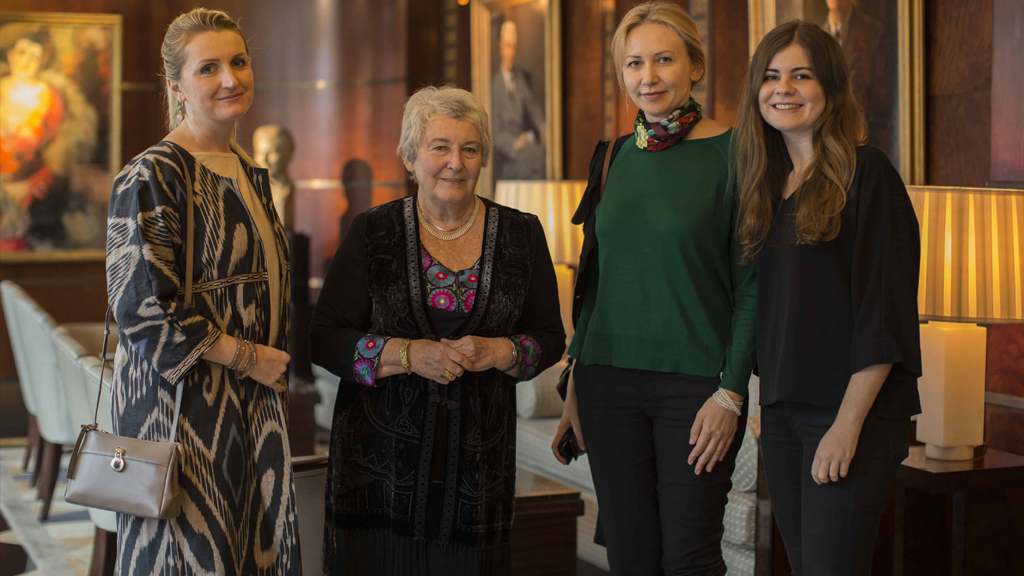
‘Not Just an Exhibition – A Breakthrough’: Ilya and Emilia Kabakov at Tate Modern
On 18 October 2017, Tate Modern opens a landmark retrospective of Ilya and Emilia Kabakov – the first exhibition of living Russian artists in the museum’s history. Featuring seven total installations, 40 paintings, and numerous drawings and book illustrations, the exhibition offers the most comprehensive overview of the Kabakovs’ artistic journey to date. It brings together Ilya Kabakov’s early works created in the Soviet Union before 1987, and pieces developed collaboratively with Emilia over the last 30 years in the United States. In the final days before the opening, Afisha.London art and culture magazine, met with Emilia Kabakov to talk about the show, life in emigration, and the elusive logic of the total installation.
On the Tate exhibition
“Tate Modern is one of the world’s leading museums, and hosting a retrospective here is deeply meaningful for us. This is our first truly retrospective show, including seven total installations – from The Man Who Flew Into Space (1981–88) to large-scale recent works.
The exhibition features paintings and drawings from museum collections around the world: from early albums and book illustrations to newer works. We believe this show is a breakthrough not only for us but for Russian contemporary art. Apart from a Malevich exhibition some years ago, there has been no major Russian presence at Tate. We hope this marks a shift.
Soon, a group show featuring Russian artists will open at Tate, marking a new step in integrating Russian art into the global context. It’s also the museum’s first collaboration with major Russian institutions. After London, the exhibition will travel to the Hermitage (Saint-Petersburg) and the Tretyakov Gallery (Moscow).
Read more: The Baroness with a brush: how Russian émigré Tamara de Lempicka conquered the art world
We’ve shown in the Hermitage before – they already hold our works – but this will be our first exhibition in the Tretyakov. They have a few pieces we donated, but we’ve never done a full show there. We usually oversee our own exhibitions, and only in rare cases do we not attend them in person. Right now, Ilya can’t travel – we need to protect him from unnecessary stress.”
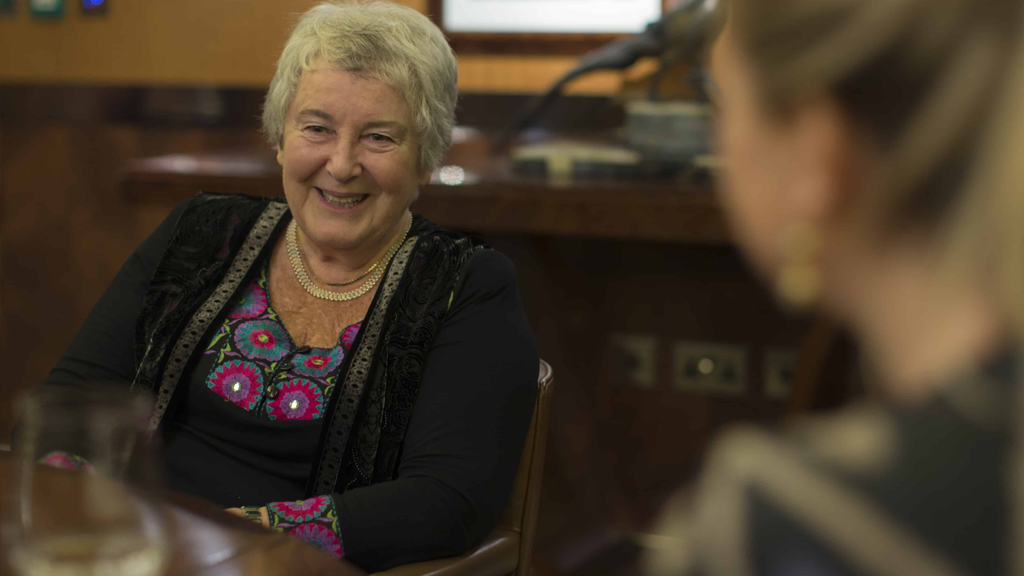
Photo: Евгения Загоруйко/Ufocusproduction
On understanding the total installation
“When we create total installations, the aim isn’t to construct a backdrop, like in theatre, where the audience observes from a distance. Instead, we want to build an environment where the viewer becomes a character inside the world. Everything in that space must be deeply felt and lived.
The goal is for all the elements to work together as a single whole. A total installation is a three-dimensional painting, and you, as the viewer, are the figure inside it, walking through the canvas.
When The Red Wagon was shown in Vienna in 1994 as part of The Tyranny of Beauty, a delegation of Russian museum directors visited. Initially, they didn’t want to go in – they claimed they’d already seen it. But I insisted: ‘You have to spend time inside it. Sit on the bench. Look at the mural.’
They sat, and Soviet music from the 1950s–60s began playing – a sentimental soundtrack curated by Vladimir Tarasov. For their generation, the music triggered memories. One said, ‘Those were beautiful times. We didn’t care about material things. We dreamt big. People were kind.’ Another replied, ‘What are you talking about? So many were imprisoned, so many died in camps. You can’t call that a good time.’ Then a third stood up and said, ‘Why argue? Let’s dance.’
And there, in that tiny space, they got up and started dancing. That’s the power of atmosphere.”
On utopia
“Each visitor experiences their own version of the installation – their fears, memories, cultural references. A successful installation allows them to project those feelings onto their own reality. I didn’t live in a communal flat, but I know what it’s like to be surrounded by people, to be forced into a way of life that doesn’t suit you, to feel trapped and want to escape.
Installations deal with emotion, fear, dreams, the unconscious. They embody the confusion of a small human being who doesn’t know how to make the world better, yet still dreams of it. These dreams often come from our Soviet past – a world where utopia was always the ideal.
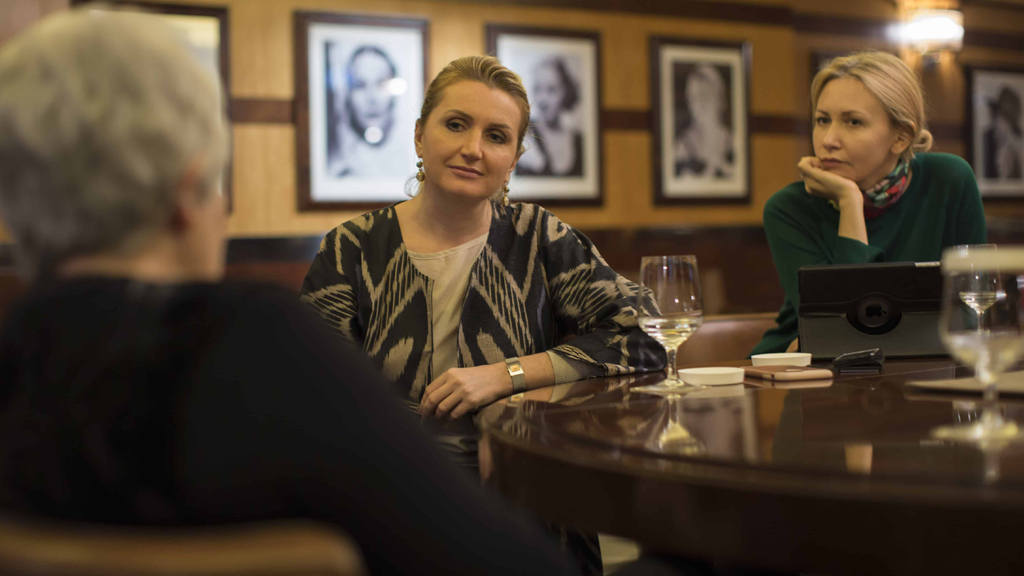
Photo: Евгения Загоруйко/Ufocusproduction
But what is utopia? A fantasy system that can never be realised. Every attempt to implement it fails. All regimes – fascism, communism, socialism, even capitalism – pursue utopian ideals, and all eventually collapse. Some faster, some slower, depending on how violently they erase the past.
We don’t work with a particular historical utopia. We work with the concept of utopia itself. One of the final rooms in the exhibition, for instance, explores encounters with angels – a religious utopia, a dream of life after death.”
Read more: Classical Music in Cinema: The Stenography of Emotion
On emigration
“I left the Soviet Union in 1973. Back then, emigrating felt like death – or landing on another planet. It was technically difficult, emotionally harrowing. My best friend told me never to write again – her husband was in the Party. I left with my three-year-old daughter and the equivalent of $140. Ilya saw me off at the station.
Invalid slider ID or alias.
I didn’t see him again for a long time. Later, when he moved to the US, I’d visit. I admired his total dedication to art – even his indifference to daily needs. To this day, he says, ‘I never understood why you came. You’d sit, read a book, listen to music, say nothing.’”
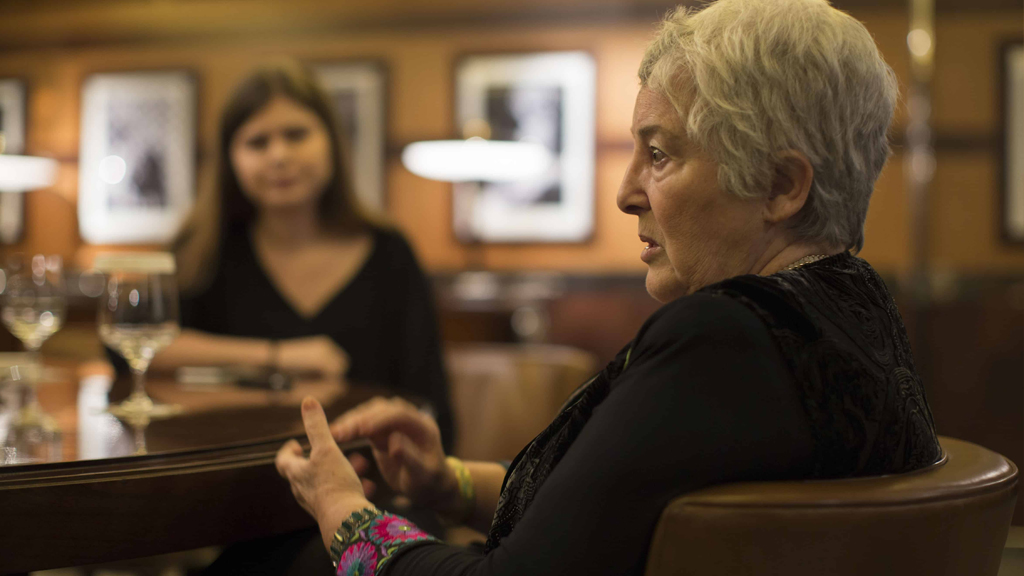
Photo: Евгения Загоруйко/Ufocusproduction
On Moscow conceptualism
“Ilya often says Western art flows like a river. In the USSR, that river was dammed and diverted into a swamp. He and his circle built their own world – a ‘paradise’ surrounded by ‘hell’. Inside this space, they created their own system, valuing each other’s work deeply. They were each other’s audience, historians, critics, curators. They created an institution of art for themselves.
Read more: Greyhound racing in Britain: a cultural legacy at the crossroads
Today, they’re grouped under the label ‘Moscow Conceptualism’. But the scene wasn’t monolithic – there was also the Lianozovo group. These were artists from different generations. The earliest were Ilya, Erik Bulatov, Oleg Vasiliev, Viktor Pivovarov – a small circle built on trust.
Admittance to the studio was selective. Discussions were constant – the discourse mattered more than the material works. After perestroika, when the ‘hell’ and ‘paradise’ split collapsed, the group disbanded. Artists began working independently with real institutions, first in the West, then in Russia. We still speak, but the circle no longer exists.”
On the future that won’t include everyone
“The exhibition’s title comes from an essay Ilya wrote in 1982 – The Future Will Not Include Everyone. It reflects his anxiety, common to all great artists, that he might be left behind. He was never satisfied with his work. Left alone with an old piece, he’d try to improve it.

Photo: Евгения Загоруйко/Ufocusproduction
Once, a collector bought an early painting. It sat awaiting shipment, and Ilya walked in and said, ‘It’s terrible!’ He redid the whole thing. I had to call the buyer: ‘He changed it.’ ‘How much?’ ‘Quite a lot.’ ‘Alright then.’
Read more: Lydia Delectorskaya: the Russian émigrée who transformed Henri Matisse’s life
He finishes a painting in the studio, moves it to a larger space to see how it will look in a museum. Then he adjusts it. Our assistant frames and photographs it. But often, Ilya tweaks it again. ‘What should I do now?’ the assistant asks. ‘Photograph it again,’ I say. ‘Why does he do this?’ ‘He’s an artist. It’s his right.’”
Cover photo: Евгения Загоруйко, Ufocusproduction
Read more:
Sustainable Technology: The Restart Project
Serge Lifar: reformer of the Paris Opera, the protégé of Sergei Diaghilev, and friend of Coco Chanel
SUBSCRIBE
Receive our digest once a week with quality Russian events and articles

